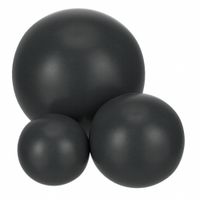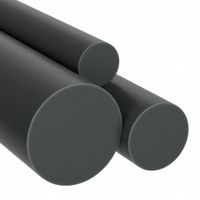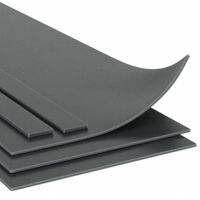Rubber is a crucial material in gasket manufacturing due to its unique properties, such as flexibility, resilience, and resistance to various environmental factors. Gaskets are mechanical seals that fill the space between two or more mating surfaces, preventing leakage from or into the joined objects while under compression. Rubber gaskets are particularly valued for their ability to create tight seals in a wide range of applications.
The process begins with selecting the appropriate type of rubber, such as natural rubber, neoprene, nitrile, EPDM, silicone, or Viton, each offering distinct advantages. For instance, neoprene is resistant to oils and weathering, while silicone can withstand extreme temperatures.
Rubber is typically processed into sheets or rolls, which are then cut into the desired shapes and sizes using techniques like die-cutting, water jet cutting, or laser cutting. The choice of cutting method depends on the precision required and the complexity of the gasket design.
In some cases, rubber gaskets are reinforced with materials like fabric or metal to enhance their strength and durability. This is particularly important in high-pressure or high-temperature applications.
Rubber gaskets are used in various industries, including automotive, aerospace, plumbing, and electronics, due to their ability to provide reliable seals in diverse environments. They are employed in engines, pipelines, HVAC systems, and electronic devices, among others.
The manufacturing process also involves quality control measures to ensure that the gaskets meet specific standards and performance criteria. This includes testing for compression set, tensile strength, and resistance to chemicals and temperature extremes.
Overall, rubber's versatility and adaptability make it an indispensable material in gasket manufacturing, providing effective sealing solutions across numerous applications.



